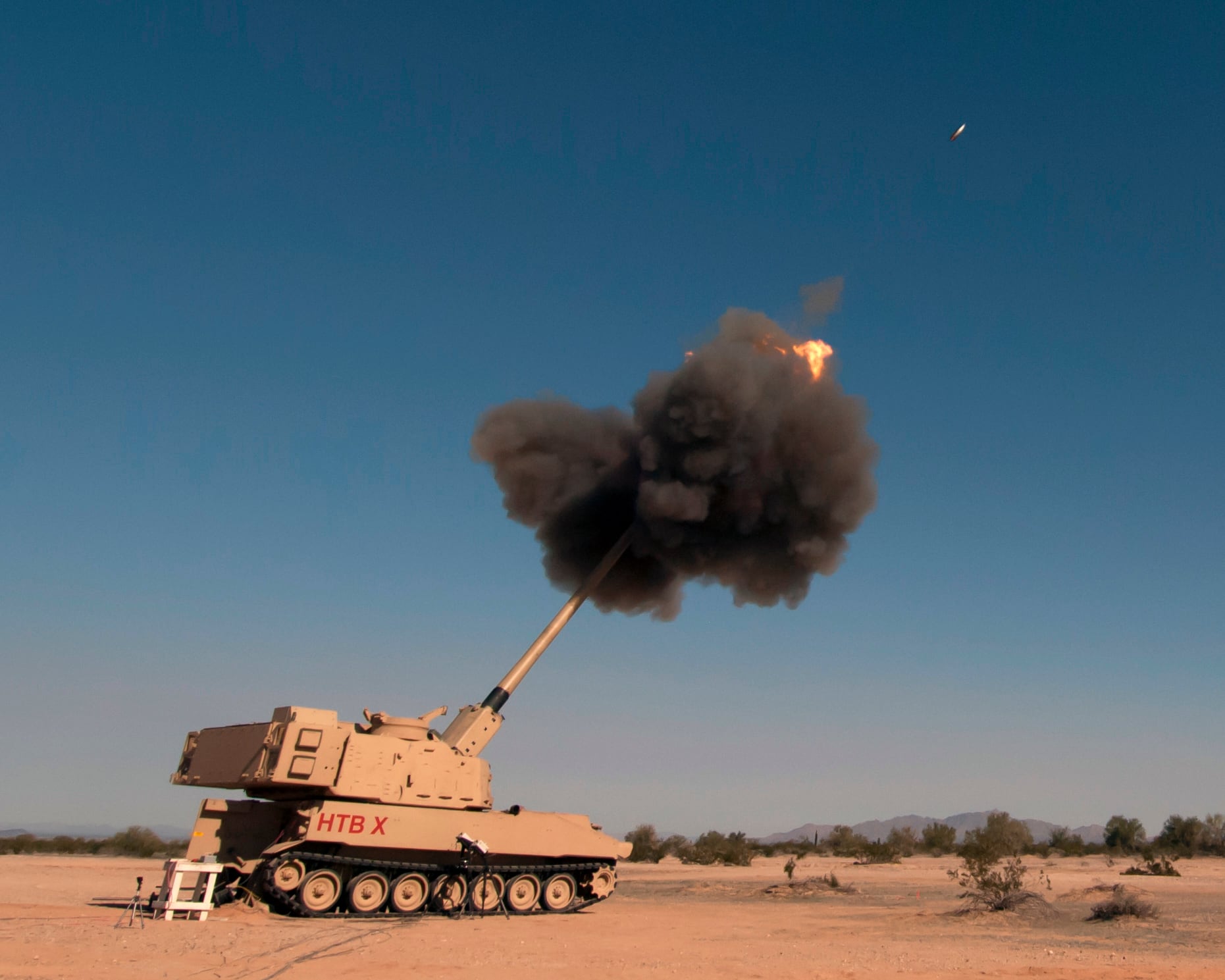CORRECTION: The Army clarified that the selection of a single provider for TITAN will occur at the end of the program’s second phase, which will last about 14 months.
WASHINGTON — The U.S. Army expects to award the next phase of competitive prototyping awards by the end of June for the second phase of its next-generation ground system development effort.
The service awarded contracts to Raytheon and Palantir in January 2021 to mature designs for its Tactical Intelligence Targeting Access Node, which is being developed to help connect sensors with users in the field in order to support beyond-line-of-sight targeting.
That ability to connect deep-sensing data across domains is an important component of the Department of Defense’s Joint All-Domain Command and Control concept and is a major focus for the Army’s portion of that effort, officials have said.
Army spokesman Brandon Pollachek told C4ISRNET the two companies have completed the ground station modernization phase — which included four “soldier touch points,” two design reviews and two technical demonstrations — and the service is on track to award Phase II contracts in the third quarter of fiscal 2022.
Raytheon and Palantir both received 12-month other transaction agreements worth $8.5 million each for their Phase I work. Phase II, a 14-month effort, will focus on complete system prototyping of the contractors’ designs and will conclude with a down-select to a single provider. During Phase III, the selected company will refine its prototype and in the fourth phase, the vendor will prepare the system to integrate sensors and future technology advancements.
As the Army prepares for the Phase II contracts, the Defense Innovation Unit and the Army Tactical Exploitation of National Capabilities office are working with Northrop Grumman to develop two “pre-prototype” ground stations for the program that will demonstrate some of the capabilities the Army wants from TITAN.
Pollachek said the Army expects those prototypes to be delivered in late fiscal 2022 and plans to begin using them in demonstrations later this year.
“Numerous soldier touchpoints and assessments will be used to refine future requirements and fielding plans,” he said.
The Army has used TITAN surrogates in the past to test its vision for reducing the sensor-to-shooter timeline and providing a level of sensing capability that improves the effectiveness of precision fires. In March 2020, the service conducted a live-fire exercise in Germany where a TITAN surrogate ground station delivered satellite sensor data to shooters.
Courtney Albon is C4ISRNET’s space and emerging technology reporter. She has covered the U.S. military since 2012, with a focus on the Air Force and Space Force. She has reported on some of the Defense Department’s most significant acquisition, budget and policy challenges.








